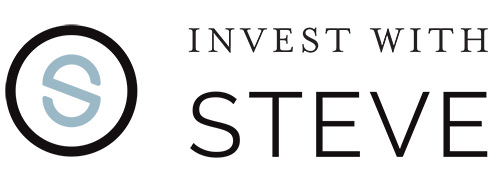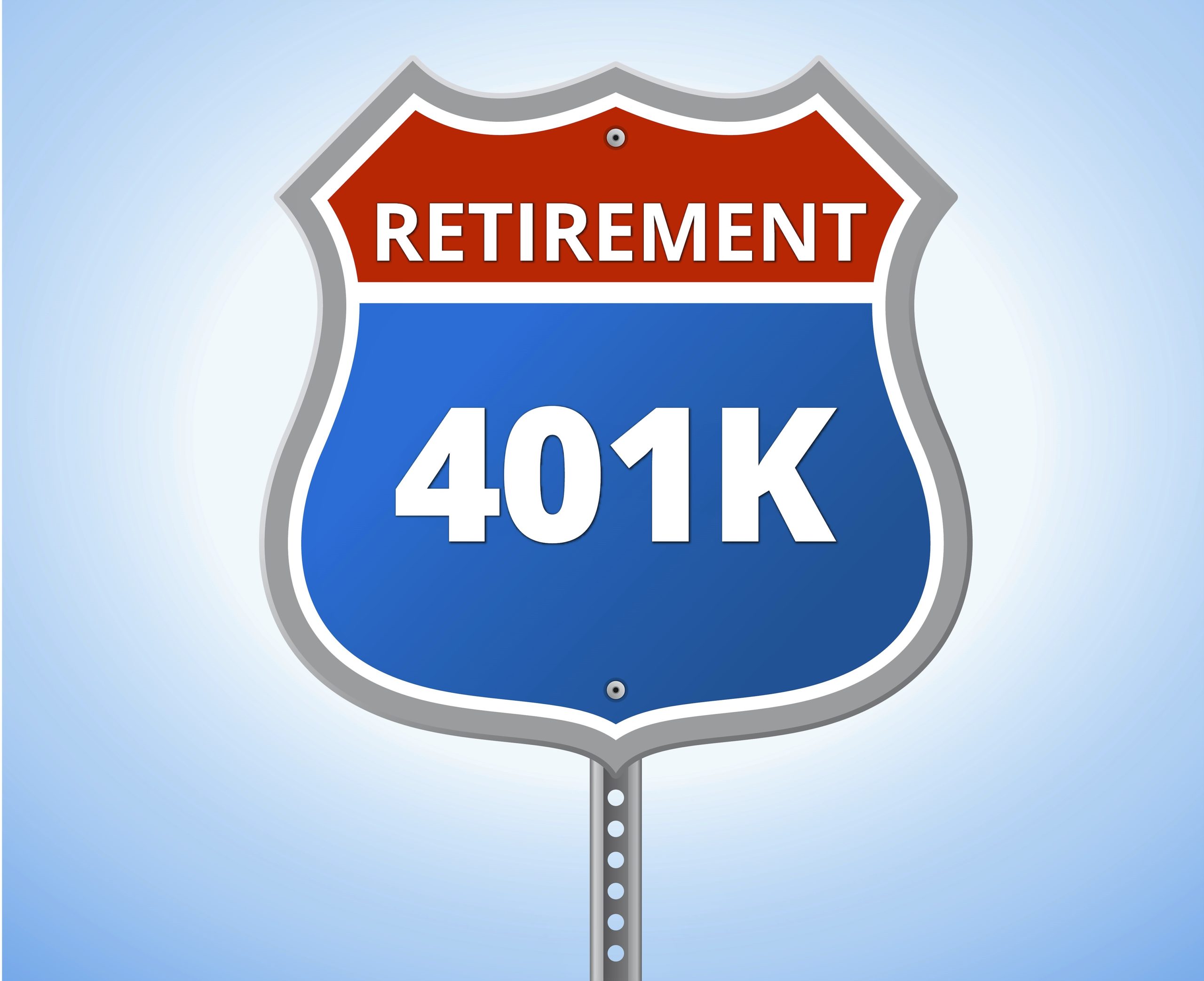How Entrepreneurs can quickly maximize their retirement savings

Are you a small business owner who needs to save quickly for retirement?
Many small business owners are so focused on the success of their business that they forget to protect themselves and their families by planning for retirement. In fact, if you love your work it can be hard to even imagine yourself no longer working! Yet, the hard truth of it is, one day you may not be able to work or may not want to work. And, not all small businesses are easily marketable, so relying on a large windfall from the sale of your business isn’t wise.
Different types of retirement plans work well for different types of employers. A small business owner could be best served using a SEP IRA, a SIMPLE IRA or even a 401(k) plan. Let’s focus on the SEP IRA today, as it can be an extremely powerful savings tool for the right small business owner.
What Is a SEP IRA?
A SEP IRA or Simplified Employee Pension IRA is a retirement account that can be set up by any business, regardless of size. They can be particularly favorable for a solo-entrepreneur or a business with just a few employees. SEP IRAs are funded by the employer only.
A SEP IRA is essentially a turbocharged traditional IRA. With a traditional IRA you can save just $5,500 in 2017 ($6,500 if you are 50+ and eligible for a “catch-up” contribution). Yet with a SEP IRA an employer can contribute up to 25% of your pay — up to $54,000 in 2017.
An important caveat: whatever rate you choose to contribute to your own account is the same rate you will need to contribute as a percentage of pay to all of your employee’s accounts. Also, employees can not contribute into their SEP IRA, only employer contributions are permitted.
If you are a solo-preneur this is an easy retirement savings win-win. If you have a few employees this can still make sense for you in terms of creating a competitive benefits package for your employees and building wealth for yourself on a tax-deferred basis.
Let’s run through a quick example:
Sarah runs a consulting firm and has an office manager named Tom.
Sarah will make $210,000 this year. This puts her in the 28% tax bracket because she is married and will file a joint return.
Tom earns $55,000 a year as Sarah’s office manager.
Sarah wants to save 10% of her pay. Since Sarah is in the 28% Federal Income Tax bracket this means she would need over $29,000 in income to save $21,000 after-tax ($29,000 x 28% = $8,120 taxes owed). For simplicity’s sake we won’t get into self-employment tax savings.
Instead, Sarah decides to reduce her take home pay to $189,000 and have the business make a SEP IRA contribution equal to 11% of her pay to equate to just shy of that $21,000 annual target Sarah was aiming for.
Sarah must also contributes 11% of Tom’s pay to a SEP IRA for Tom. This will equal a $6,050 contribution for Tom.
Now, Sarah saved a huge chunk of money for retirement, she looks like a hero because she just put 11% of Tom’s pay into an IRA for him AND Sarah still netted positive on taxes vs. trying to save after-tax!
Let’s frame it another way, looking solely at federal income tax at 28%, Sarah would have to pay herself over $29,000 to save $21,000 after-tax. In our example Sarah spends $27,050 in contributions to SEP IRAs for herself and Tom, and accomplished some serious savings for retirement at the same time!
WIN-WIN-WIN
Who has to be included in a SEP IRA plan?
An employee must be included in a SEP IRA plan if they have met the following requirements:
Worked for you in 3 of the last 5 years
Are over the age of 21
Earned more than $600 in compensation from your business over the year
However, you can use less restrictive requirements if you want. An important point to consider for the serial entrepreneur – if you have multiple businesses, they may constitute a controlled group. If you are a member of a controlled group, the SEP IRA will have to cover all of your employees under the SEP IRA. Check with your CPA to find out if this rule applies to you.
Great, but what if I have an off year?
Don’t worry, a SEP IRA has got you covered. With a SEP IRA you can contribute different amounts year to year. Some year’s you might contribute the maximum 25% of pay and other years you might contribute nothing. In fact, you don’t have to make a contribution until the deadline to file your business taxes. So you can wait and see how things turn out before deciding to make a SEP IRA contribution. What matters here is that you contribute at the same rate to all employee accounts.
How is a SEP IRA taxed?
Like a traditional IRA, this money is tax-deferred until you take it out at retirement. While the money is in your qualified SEP IRA you do not have to pay any taxes on capital gains, interest or dividends. This allows your money to potentially compound and grow much faster compared to a taxable account.
Also like a traditional IRA, if you withdraw money from the SEP IRA before you are 59 and ½ you will owe an additional 10% penalty tax on that withdrawal.
Pros and Cons
On the positive side SEP IRAs are:
Flexible contribution levels year-to-year
Easy to set-up
Easy to administer (most SEP IRAs do not require any annual filings)
Low cost
You can work with your existing adviser to coordinate it with your financial plan
Large annual savings limit (up to $54,000 in 2017 or 25% of your pay)
Quirks/Cons
Your contributions are capped at 25% of your net earnings from Self Employment
Loans are not available from a SEP IRA
There is no Roth option
Depending on your income, a solo-401k may allow a greater annual contribution
You have to make the same contribution amount as a percentage of pay to all employees
A SEP IRA can be a great option for a small business owner looking to save for their retirement. It’s flexible, inexpensive, and can allow you to sock away a ton of money really quickly on a tax-deferred basis. I highly recommend you speak with your financial advisor and CPA to determine if a SEP IRA makes sense for you!
About the Author
Lauren Zangardi Haynes, CFP®, CIMA® is the founder of Spark Financial Advisors a Fee-Only, NAPFA-registered financial planning firm in Richmond and Williamsburg, VA. Lauren has a blog for young professionals who are ready to create their own version of financial freedom and align their money with their values called Words on Wealth.







